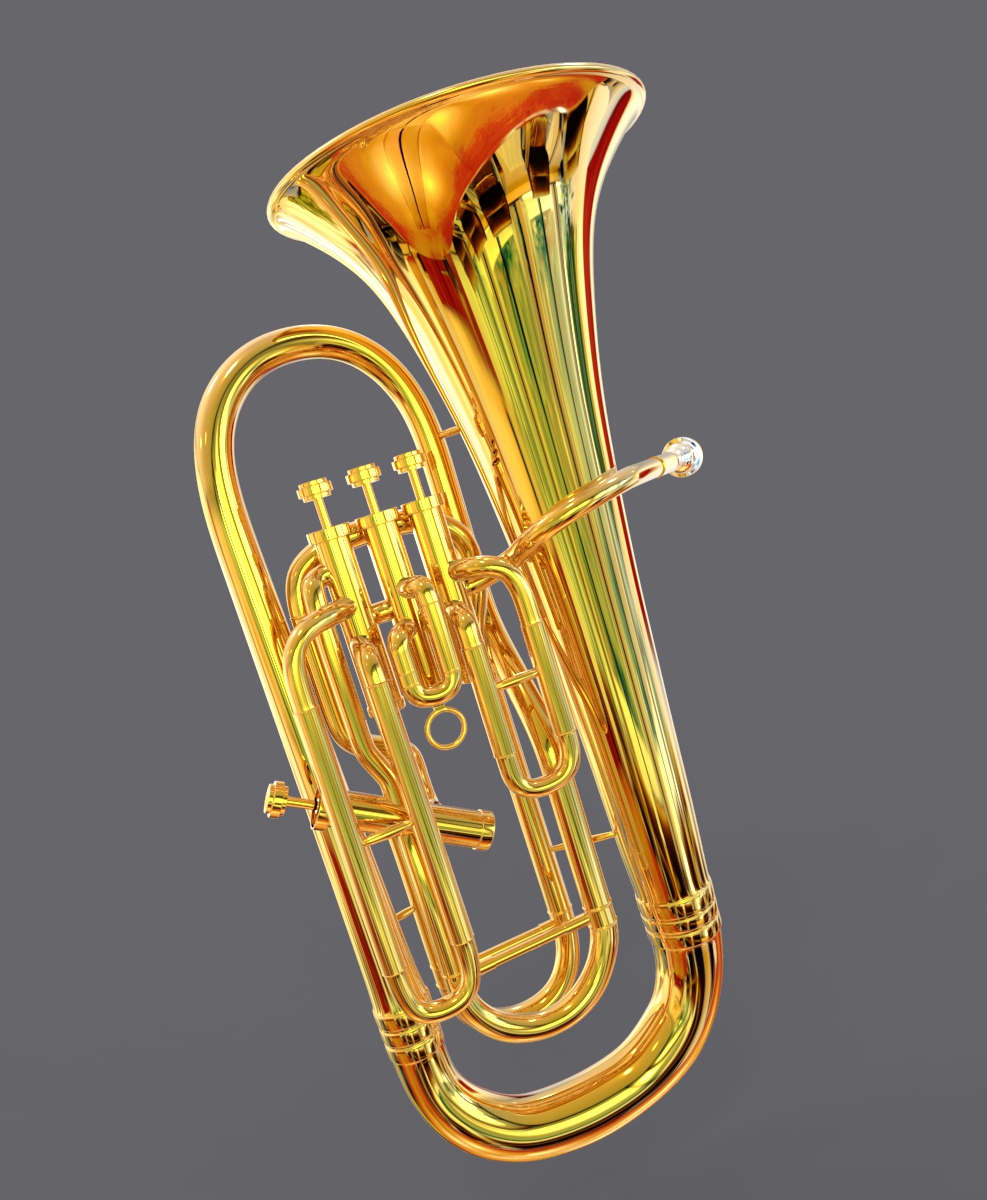The BRAWL² Tournament Challenge has been announced!
It starts May 12, and ends Oct 17. Let's see what you got!
https://polycount.com/discussion/237047/the-brawl²-tournament
It starts May 12, and ends Oct 17. Let's see what you got!
https://polycount.com/discussion/237047/the-brawl²-tournament
Kumiko - Sound! Euphonium
Here are the final images:



model
----Original Post----

Hey everyone, I'm currently making Kumiko from Sound Euphonium.
It's going to be intended to be viewed in a realtime viewer so I'm going to try a certain technique to 'bake' in lighting and shading to make a convincing 2D effect.
Here's what I've done so far






model
----Original Post----

Hey everyone, I'm currently making Kumiko from Sound Euphonium.
It's going to be intended to be viewed in a realtime viewer so I'm going to try a certain technique to 'bake' in lighting and shading to make a convincing 2D effect.
Here's what I've done so far




Replies
So I have pretty much completed the textures. I'll most likely be changing the colour palette to match the top image in the first post but I'll do that once I've posed her. My main aim is to keep everything looking 'crisp'.
Are you working in Maya? Max?
How are you achieving the outline effect?
@Shinigami
I'll explain properly when I've finished with the model but it's pretty much two texture maps/materials, one light and one dark. Then assign certain polygons with the 'dark' material.
@Kodde
I use Max. The outline effect is done by duplicating the mesh > push modifier > flip normals and assigning a black material to the new mesh.
So I'm almost done with the pose, just needs a few tweaks. Next I'll be "shading" the model.
I'm happy with how it's turning out so far.
I'm happy how this turned out, I completed what I wanted to do which was to make a convincing and clean '2D' effect viewable in realtime (obviously you couldn't fully implement this technique with a game/animated model).
modelmodel
I'll paste the part where I talk about the shading.
http://www.gdcvault.com/play/1022031/GuiltyGearXrd-s-Art-Style-The
https://www.dropbox.com/s/65cwf6kjuezhwdl/GuilltyGearXrd_shader.pdf?dl=0
https://simonschreibt.de/gat/rei-ayanami-inner-eyes/#update3
https://simonschreibt.de/gat/cell-shading/